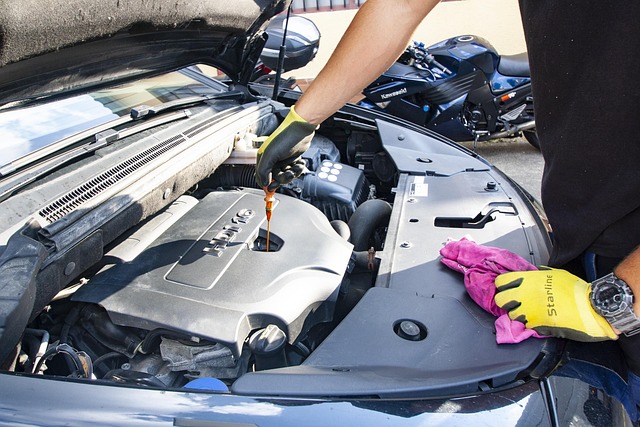

Vocational Training
The Gateway School provides a relevant and engaging careers and vocational curriculum.
We meet the differing needs and requirements of our pupils, via our six core themes. This is developed throughout a pupil’s time at school and is always supportive of their abilities, strengths and skills. Pupils can start to experience elements of the vocational curriculum almost immediately via taster courses and our enrichment/interventions curriculum.

Aims and purpose
- Prepare pupils for the transition to life after school.
- Support pupils in making informed decisions which are appropriate for them.
- Provide pupils with well-rounded, relevant and worthwhile experiences.
- Develop personal characteristics such as social skills and to develop strategies which enable them to show good and effective communication, resilience and to have balanced, proportionate responses to everyday workplace challenges and successes.
- Inspire and motivate pupils to develop themselves as individuals (to go beyond their borders) and live as independently as possible.
All pupils have:
- Access to a range of vocational opportunities (from key stage 3–4). These are at various levels depending on the age of the pupil. These opportunities come in various forms:
- Our Vocational Learning Centre (VLC), which offers construction, motor mechanics, bike repair club, and hair & beauty
- Our working kitchen
- Various outside interventions (such as workplace learning environments, garden kitchen projects and
- Access to careers-based lessons via our Friday enrichment curriculum and to impartial careers advice in year 9.
- A broad and balanced curriculum which gives pupils frequent opportunities to explore career options via PSHE, Enrichment, interventions and accredited courses (BTEC at Key Stage 4)
All Key Stage 4 pupils have:
- Options to access pathways which are designed to give them a taste of the real world. They may lead to qualifications.
- Regular meetings with our vocational coordinator.
- Work experience placement in year 11 (for at least two weeks).
- Access to impartial careers advice.
- Access to a bespoke careers timetable in Year 11.
- Visitors in to school and off-site visits support pupils in developing their understanding of a range of different post-16 pathways.
- Pupils have access to relevant careers events hosted at various events.

Vocational subject areas consist of:
Motor Vehicle
This is a key Post-16 pathway for many of our pupils. Pupils are offered an industry-standard IMIAL qualification which often forms an excellent platform for entering college at L2 or L3 qualification level.
Bricklaying/Construction
This is a key Post 16 pathway for many of our pupils. Pupils are offered a BTEC L1 foundation course which prepares them well for multi-skills construction courses and/or more discrete higher-level courses in construction, plastering, decorating, and carpentry.
Sports Pathway
This pathway was included as a response to the growing number of our pupils who choose sports-based qualifications and courses Post-16. It is designed to augment the BTEC and SLQ qualifications offered to all in the main PE curriculum but has a focus on sports industries such as gyms, leisure centres, and sports-based attractions. We use an ASDAN short course to frame the careers elements of this.
Hair & Beauty
This pathway is designed to enable pupils to access a wider variety of options Post-16. We offer a BTEC L1 foundation course and plan to change the branding to focus on self-care to encourage more male pupils to access it, even if it’s just for tasters or as part of a wider PSHE module.
Computer Science
Although this pathway is not an obvious vocational option, its inclusion is based on the fact that the more advanced nature of its qualification route means that our more able IT pupils are able to access IT-based Post-16 courses to at least L2. Its introduction has had an immediate impact on its participants' ability to access the IT course they want to do in games design and IT repair.




